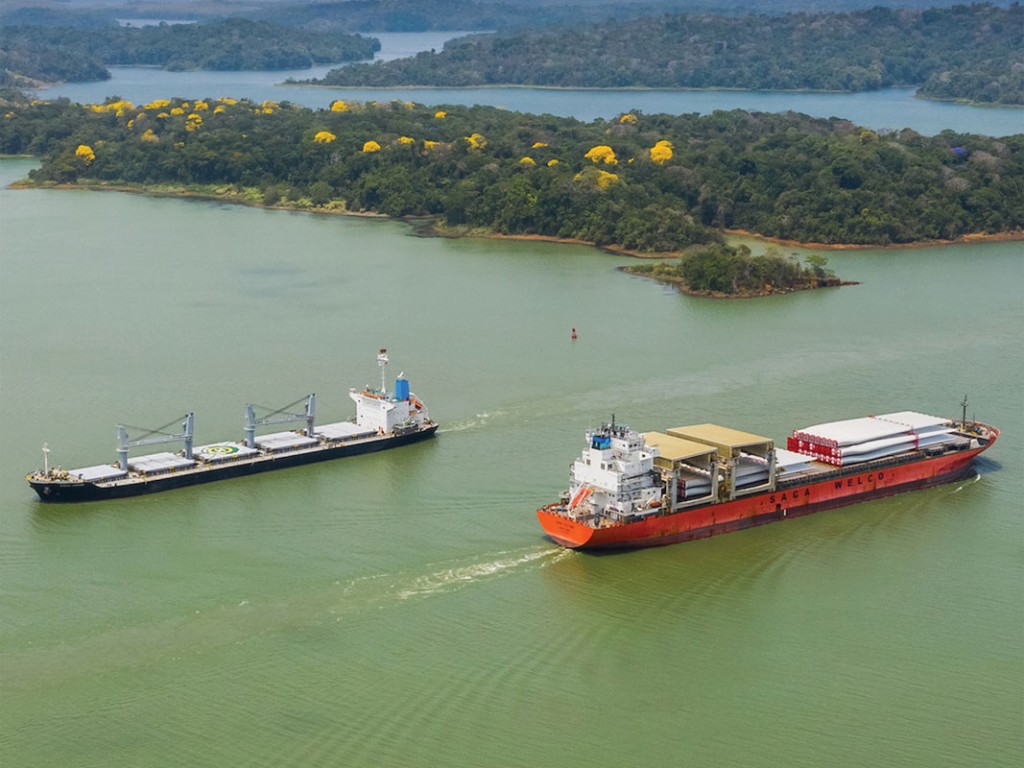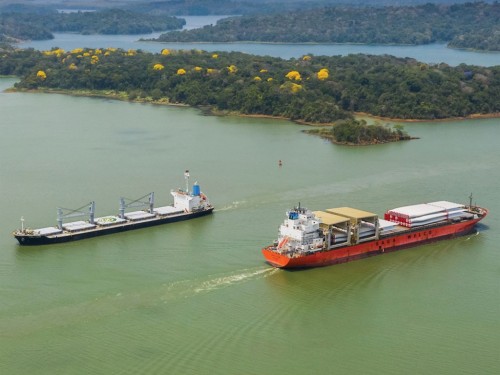The Economic Commission for Latin America and Caribbean (ECLAC) in their July report “The effects of coronavirus disease (COVID-19) pandemic on international trade and logistics” outlined the myriad impacts that the pandemic induced recession has had on Latin America’s supply chain.
The pandemic’s economic impact [see article on page 2] was widespread in the LAC region. In some countries, the demand for primary commodity exports all but dried up as manufacturing in China and other parts of Asia, Europe and US slowed to a crawl. Equally, imports to the region fell off as the money tightened in the region. Perhaps less talked about was the damage that the complete shutdown of the tourist sector had on the LAC. The report noted, “The situation [“paralysis of tourism”] is particularly worrying to Caribbean countries, where tourism accounted for 45% of the total exports of goods and services in 2019. In this context, the value of Caribbean exports of goods and services is expected to fall by 40% in 2020.”
With a badly damaged tourism industry undercutting economic performance in the Caribbean imports and exports to the region are similarly impacted.

Latin American Seaports
Latin America’s seaports, like virtually all seaports, were impacted by a drop in seaborne traffic. Although the report suggests there was a -6.1% year-on-year change January-May 2020 compared to 2019 % in containerized traffic, the volumes at the region’s main boxports were only marginally off (-1%). ECLAC surmises the “difference between the two figures is explained by the fact that other operational and trans-shipment movements offset the drop in containerized international trade.”
Another key finding was that despite the drop-in container volumes, shipping freight rates to the region increased compared to 2019. “From the end of April, rates began to rise steadily, and by 2 July 2020 they were 48% higher than the previous year. This suggests that the [container shipping] industry was able to manage supply [ship calls] thus achieve a price level that allowed it to partially offset the decline in demand caused by COVID-19.”
One of the dynamics influencing services and pricing in the Latin American container trades is the concentration of shipping in relatively few hands. While this is not exclusively a Latin American phenomenon, the impacts are nonetheless significant for the region. As the ECLAC report details, back in 1992 thirty steamship lines accounted of 63% of the container fleet. Shortly later, in 1998 six ocean carrier alliances were formed representing around half of the container fleet [in terms of TEUs]. By 2018 the combined market share of the three alliances was nearly 70% of the TEU capacity and currently the market share has risen to 84.2%.
As a result of the shifting of ocean carrier schedules [blank sailings reduced schedules], during the pandemic, Latin American ports were divided into have and have nots. Ports like Buenaventura, Colombia or Valparaiso,…
View the full article free in the AJOT Digital Edition or by Logging in!


